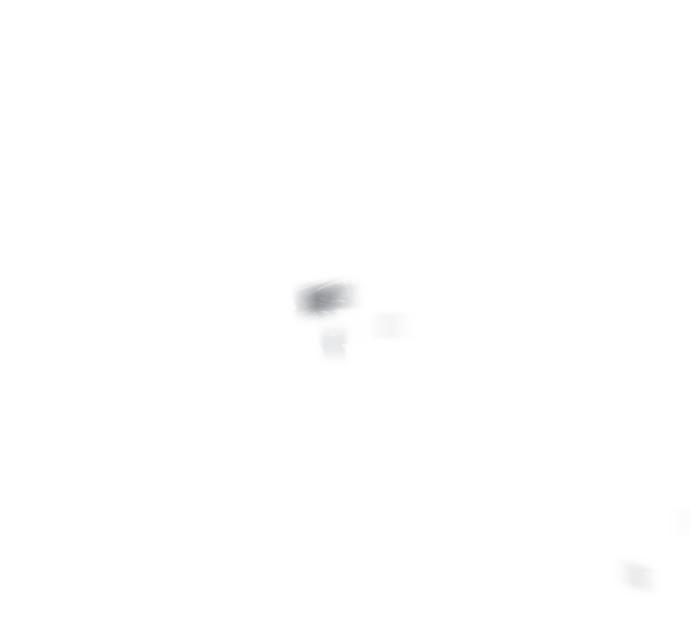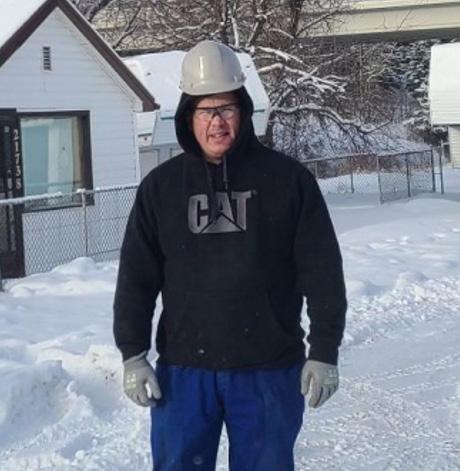















When the puck drops to begin play March 15–19, it will have been four long years since the Terence Tootoo Memorial (TTM) Cup senior men’s hockey tournament was held in Rankin Inlet thanks to Covid-19.

But that hasn’t quelled the fire in Jason Todd’s belly to successfully defend his team’s B Division title one little bit.
Team Todd has been suiting up for the tourney — originally known as the Sakku First Avataq Cup — for about 20 years and the team’s first championship was a long time in coming. In fact, wins of any kind were hard to come by for Team Todd during that time.
He said winning the B Division championship was the “best feeling” after entering a team year after year and only ever winning a game or two over that time.
He said the decision to create separate A and B divisions made the tournament better and more competitive for every team from across the Kivalliq and (almost always) Iqaluit.
“People came out to watch both divisions and cheered on all the teams,” said Todd. “I entered teams over the years because a lot of young players were being left out of a locally-hosted tourney and I felt that wasn’t right.
“I believed, and still believe, local lads should be allowed to play, not just a select few. I believe in the underdog and will always compete against the better teams in life.
“I love my people of Rankin Inlet and the Kivalliq. All of them, not just some. So, I suppose, that’s why I always felt I had to dress a team for the Avataq Cup and the TTM.”

Todd said his squad has some players back who have always played with Team Todd, but there are also a few who have retired from playing since 2019’s championship.
He said he would love to have all of them still around to help defend the title.
“I’ve stepped away from dealing with the roster because I tend to say yes to everyone who asks and we end-up with 25 players on the roster,” said Todd with a hearty laugh.
“We need to run a roster of 15, but I hate saying no to younger players who ask. I’d make two teams if I was allowed.”
Now 51 years old entering the 2023 TTM, Todd still gets excited to play in the tournament. He came up from Leduc, Alta., where he now resides, to play in the 2019 tourney.
Todd said Rankin is Nunavut’s Hockeyville and he loves playing in front of his hometown.
He said he may retire after this tourney and just sponsor a team. But, then again, he may also move back home to Rankin in 2024 and suit-up once again.
“I may stay longer this year if work lets me, so I can play for a Rankin team in the Kivalliq Cup (old-timers) the following weekend.
“I’ve never played in the new arena and I’m truly looking forward to it. The atmosphere in Rankin for hockey is always the best because we have so many great spectators.
“I always enjoy playing hockey with my brothers from home. It was even more fun when it went to a B division because all the teams were somewhat equal and played hard against each other.
“I thank all the lads for coming out to play over the past 20 years, Silu Autut for helping make the team the past couple of years and all the fans who have cheered us on.”
As a little girl in the early ’80s, Lucy Tulugarjuk said she would spend most of her time playing outside instead of in front of a screen.
Her family and friends in Iglulik did not own televisions, she said, with most households choosing to keep television out as a way to protect Inuit culture.
But she recalled that when she was five years old, she heard people in the nearby community of Hall Beach were watching TV, and the medium piqued her interest.
“It was interesting to see what TV had to bring. And we heard that it was just in English and French, no Inuktitut,” Tulugarjuk said.
“At the time, I didn’t understand why.”
Now, Tulugarjuk is the executive director of an independent broadcaster whose mission is to bring Inuit language and culture to the small screen not just in Nunavut, but across the country.
Preserving Inuit storytelling has become fundamental, she said, since she described witnessing an erosion of culture when local kids watched TV in English and French: “It did impact our children.”
In 2021, Tulugarjuk’s Nunavut Independent Television Network launched Uvagut TV, meaning “our TV,” becoming Canada’s first national Indigenous-language television channel.
It delivers 90 per cent of its 24/7 broadcast in Inuktitut, including national and regional news and children’s programming.

And it is dreaming even bigger. The network is applying to the federal broadcast regulator, the Canadian Radio-television and Telecommunications Commission, to be a mandatory part of the coverage in basic TV packages.
If their application is approved at a hearing, which is expected sometime this year, it would require broadcasters across Canada to carry Uvagut TV.
“It would be such a gift for all Canadians to have access, and to be able to see and learn about Inuit with Inuit,” said Qajaq Robinson, who is the secretary treasurer of the NITV’s board of directors and also served as one of the commissioners of the National Inquiry into Missing and Murdered Indigenous Women and Girls.
“To have access to the language and content that reflects them and speaks to them — that supports the promotion and protection of life.”
Robinson pointed to Inuit broadcaster Rosemarie Kuptana’s 1982 “neutron bomb” speech at a CRTC hearing.
Kuptana described the arrival of southern mainstream media in Inuit communities as “the bomb that kills the people, but leaves the buildings standings” because of the impact the media had on languages.
She said it was “the kind of television that destroys the soul of a people but leaves the shell of a people walking around.”
One year after her speech, the federal Liberal government established a northern broadcasting policy.
Television can be an important medium to reintroduce Indigenous languages to people, just as it introduced mainstream English and French to those in the north in the ’80s, Robinson said.
“The dream of Canada has to have authentic space for Indigenous people, Inuit specifically,” she said.
“Indigenous people aren’t a monolith. They’re not all the same.”
While Uvagut TV offers almost all of its content in Inuktitut, CBC TV’s offering of Indigenous-language programming amounted to about 367 hours from April 2021 to March 2022, according to the national broadcaster.
About 227 of those hours were in Inuktitut, CBC said, which works out to about nine-and-a-half days’ worth of content.

Should Uvagut TV be granted mandatory inclusion in basic TV packages, it’d be a step toward reconciliation, said Robinson.
The company has until Feb. 9 to submit an application, and it says it believes its pitch is in line with the federal government’s mandate, though the CRTC is an arm’s-length body.
In 2019, Parliament passed the Indigenous Languages Act,
which states in its preamble that it aims to implement the United Nations Declaration of the Rights of Indigenous Peoples. The document affirms that Indigenous Peoples have the right to establish their own media in their own languages.
While Uvagut TV broadcasts mainly in Inuktitut, English subtitles are available for many of its programs, making it accessible to a broader audience.

The network’s 610,000 subscribers currently watch through Shaw Direct satellite TV, Arctic Co-operatives Limited cable in Nunavut and the Northwest Territories and Federation des Cooperatives du Nouveau-Quebec cable in Nunavik.
“Broadcasting is natural storytelling,” Tulugarjuk said, adding that Inuit communication is “more verbal than written” and oral stories are how the community shares its past and its dreams for the future.
“So it’s a way of using our voice and expressions to (reach out to) the world. Not just to Inuit, but to everyone.”
—By Mickey Djuric, The Canadian Press











